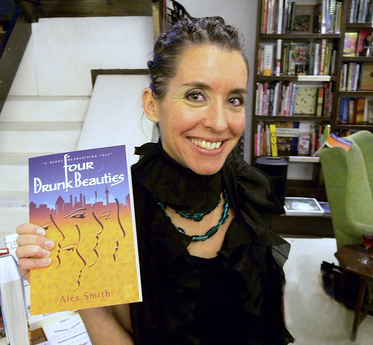As a writer, one of the most worthwhile skills you can develop is to channel the power of your imagination. Imagination can be compared to a muscle – and so, the more you use it, the stronger it becomes. By utilising a variety of tools, your imagination can reach new heights of creativity, and you’ll be capable of writing more expressively, unleashing your full potential as a storyteller.
Tool one: Reading
Reading is often referred to as the most essential tool for writers, as it exposes you to unfamiliar worlds and perspectives and introduces you to characters and situations that you might not be exposed to in your day-to-day life. Reading opens your mind to intriguing situations, complex characters, vivid settings and unlimited possibilities for creating storylines, plot twists, and thought-provoking closings. This mental imagery inspires your own creativity in describing not only the world around you, but also countless versions in your conceptual process when developing a story.
Don’t pigeonhole your writing to specific genres and styles. Reading a variety of topics will allow you to push your boundaries and write outside of your comfort zone. Explore everything from classical literature to contemporary fiction, non-fiction, poetry and more. This will expand your imagination and broaden your base of knowledge to draw upon in your writing.
Tool two: Brainstorming
Brainstorming is proven to be an effective technique to generate fresh ideas. This process allows you to tap into the power of your unconscious mind and unlock unique possibilities for your writing.
Jot down whatever comes to mind. Without over-thinking, simply start by writing down a word or phrase that relates to your project. By allowing your attention to wander and writing down any thoughts without constraints, you’ll be surprised by how your imagination is stimulated, and it can lead your writing in interesting directions.
Tool three: Use artificial intelligence (AI) writing aids such as Jasper or ChatGPT
AI language models like ChatGPT and Jasper can be a noteworthy resource for generating ideas for written content. These models are trained to process and filter vast amounts of text data and can generate human-like responses based on the input they receive.
While AI scores points for speed, it loses on the creativity and originality front. So by all means, use AI as an efficient starting point for generating ideas. However, the generic, clichéd writing style and fixed structure of its responses will not lead to reader engagement or retention.
Tool four: Visualisation
Great writers create vivid images in the reader’s mind. The written words paint such a clear picture that they draw the reader through the pages, and into the story. To achieve this, you first need to visualise the scene in your own mind. Visualisation is the process of creating vivid mental images of people, places, and situations. By visualising your writing projects, you can explore a variety of scenarios and outcomes, bringing them to life, first in your imagination and then on the pages.
Start by finding a quiet, comfortable place where you won’t be interrupted. Close your eyes and take a few deep breaths. In a relaxed state, begin to visualise your writing project in detail. Imagining the characters and their interaction, settings the scenes and plotting the order of events. Try to make the images real, using all of your senses to immerse yourself in the scene.
Visualisation is a powerful technique. By practising regularly, it can help you to not only overcome writer’s block, but also generate original ideas and cultivate your ability to invent compelling stories and characters.
Tool five: Creative play
Commonly known as ‘thinking outside of the box’, creative play involves exploring different concepts, experimenting with unusual approaches and letting your imagination run wild. This frees your mind from constraints and encourages you to break away from unoriginal thinking.
Writing exercises and prompts are a great way to practice creative play. You could try writing a story in a different genre or writing a scene from another character’s perspective. Use random words or phrases as prompts or experiment with alternative styles.
Creative play is an effective way to boost your imagination. By letting go of expectations and embracing novelty, you can unleash your inventiveness and explore new prospects for your writing.
Use these five tools to ignite your imagination and transform your writing from bland to engaging. You may just find yourself having fun at the same time!













